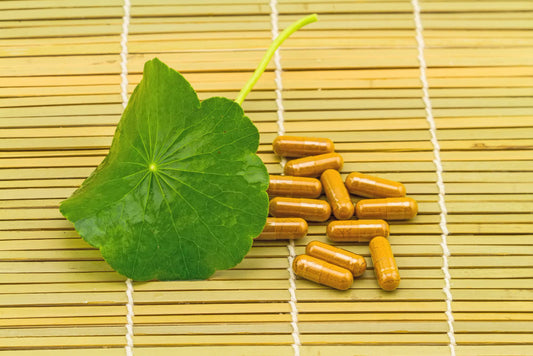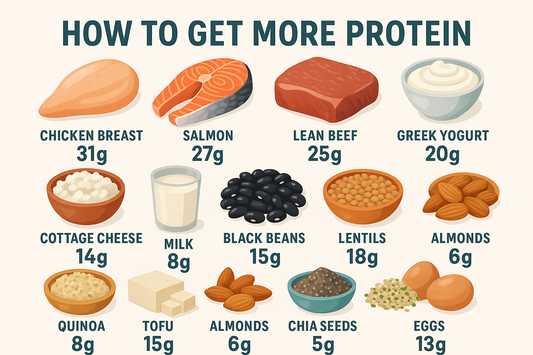
Cycling isn't just a mode of transportation or a weekend hobby. It's a powerful way to boost your endurance and overall fitness. Picture yourself cruising through scenic routes, feeling the wind on your face, and pushing your limits further with each ride. This exhilarating feeling is not just for seasoned cyclists. Anyone can build the stamina needed to enjoy long, satisfying rides.
Endurance cycling transforms not only your body but also your mind. It teaches patience, resilience, and the joy of gradual progress. Whether you're aiming for a century ride or just looking to improve your daily performance, the journey is as rewarding as the destination.
Understanding Endurance in Cycling
Endurance in cycling is the ability to sustain prolonged physical effort without fatigue. It's not just about riding fast but maintaining a steady pace over long distances. This type of endurance is primarily aerobic, relying on your body's ability to use oxygen efficiently.
There are two main types of endurance: aerobic and anaerobic. Aerobic endurance is your ability to sustain long-duration, low-intensity efforts, such as a long, leisurely ride. Anaerobic endurance, on the other hand, involves short bursts of high-intensity efforts, like sprinting up a hill. Both types are important, but for endurance cycling, focusing on aerobic endurance is key. Improved endurance allows you to enjoy longer rides, tackle challenging routes, and recover more quickly from exertion.
Endurance cycling offers a myriad of benefits. It enhances cardiovascular health by strengthening the heart and improving circulation. Regular endurance training can also boost your metabolism, aiding in weight management. Moreover, the mental benefits are significant. Endurance cycling promotes stress relief, improves mood, and builds mental toughness. The sense of accomplishment from completing long rides or reaching new milestones can be incredibly rewarding, fostering a positive cycle of motivation and improvement.
Building a Strong Foundation
It's not just about hopping on a bike and riding for hours. It's about creating a solid base that supports your goals and keeps you motivated.
Choosing the Right Bike
A well-fitted bike is crucial for endurance cycling. Ensure your bike suits your body type and riding style. For example, bikes designed by Quintana Roo come with exclusive fit-ready designs, customized to the specific needs of the user. Proper bike fit prevents discomfort and injuries, enhancing efficiency and performance. Consider factors like frame size, saddle height, and handlebar reach. A professional bike fitting can provide a personalized setup that maximizes comfort and power.
Developing Mental Toughness
Endurance cycling is as much a mental challenge as it is a physical one. Develop strategies to stay mentally strong, such as positive self-talk, visualization techniques, and setting short-term goals during long rides. Mental toughness helps you push through challenging moments and maintain focus.
Setting Realistic Goals
Setting achievable and measurable goals is vital for building endurance. Start with small, attainable targets and gradually increase their difficulty. This approach keeps you motivated and provides a sense of accomplishment as you reach each milestone.
Effective Training Techniques
To improve your cycling endurance, it's crucial to incorporate effective training techniques into your routine. These methods not only enhance your stamina but also make your rides more enjoyable and less strenuous over time.
Interval Training
This technique involves alternating between high-intensity efforts and low-intensity recovery periods. For example, you might sprint for one minute and then pedal slowly for two minutes. These intervals improve your cardiovascular fitness and increase your ability to sustain higher speeds over longer distances.
Hill Repeats
Find a challenging hill and ride up it multiple times, allowing yourself to recover on the way down. This type of training not only strengthens your leg muscles but also enhances your climbing ability, making you more efficient on varied terrain.
Long Rides
Aim for a weekly long ride that gradually increases in distance. These rides teach your body to sustain prolonged efforts and help you become more comfortable with the mental and physical demands of long-distance cycling. Start with a manageable distance and slowly extend it as your stamina improves.
Tempo Rides
Tempo rides involve maintaining a steady, moderate pace that is just below your race pace. These rides help improve your lactate threshold, allowing you to ride faster for longer periods without fatigue. Incorporate tempo rides into your training schedule to build sustained power and efficiency.
Recovery Rides
Don't underestimate the importance of recovery rides. These are short, low-intensity rides that help promote blood flow to your muscles, aiding in recovery without adding significant strain. Recovery rides should be relaxed and enjoyable, providing a mental and physical break from more intense training sessions.
Nutrition and Hydration
What you eat and drink before, during, and after your ride can make the difference between a powerful, enjoyable ride and one plagued by fatigue and cramps.
Pre-Ride Nutrition
Focus on consuming a balanced meal rich in carbohydrates and moderate in protein about two to three hours before your ride. Foods like oatmeal, whole-grain toast with peanut butter, and fruits provide sustained energy. Proper pre-ride nutrition ensures you start with enough fuel to power through your cycling session.
During the Ride
Staying hydrated and properly fueled during your ride is essential, especially for longer distances. Drink water regularly and consider sports drinks for electrolyte replenishment. For rides lasting more than an hour, consume easily digestible carbohydrates like energy gels, bananas, or energy bars. These help maintain your energy levels and prevent fatigue.
Post-Ride Recovery
Recovery nutrition is crucial for muscle repair and replenishing glycogen stores. Within 30 minutes of finishing your ride, consume a snack or meal that includes carbohydrates and protein. Options like a smoothie with fruit and yogurt, a turkey sandwich, or chocolate milk can speed up recovery. Proper post-ride nutrition reduces muscle soreness and prepares you for your next ride.
Hydration Strategies
Start your ride well-hydrated and drink regularly throughout. Monitor your sweat rate and adjust your fluid intake accordingly. In hot or humid conditions, increase your fluid intake to compensate for increased sweat loss. Remember, staying hydrated is vital for both short and long rides.
Electrolyte Balance
Maintaining an electrolyte balance is essential, particularly during long or intense rides. Electrolytes like sodium, potassium, and magnesium help regulate muscle function and hydration. Incorporate electrolyte-rich drinks or tablets into your hydration plan to avoid cramps and fatigue. Proper electrolyte balance enhances your endurance and overall cycling performance.
Wrapping Up

Building cycling endurance is a journey that combines consistent training, effective techniques, proper nutrition, and mental strategies. By focusing on these key areas, you'll see significant improvements in your stamina and overall performance. Remember to listen to your body, celebrate your progress, and enjoy the process. With dedication and the right approach, you'll achieve your endurance goals and experience the true joy of long-distance cycling.







